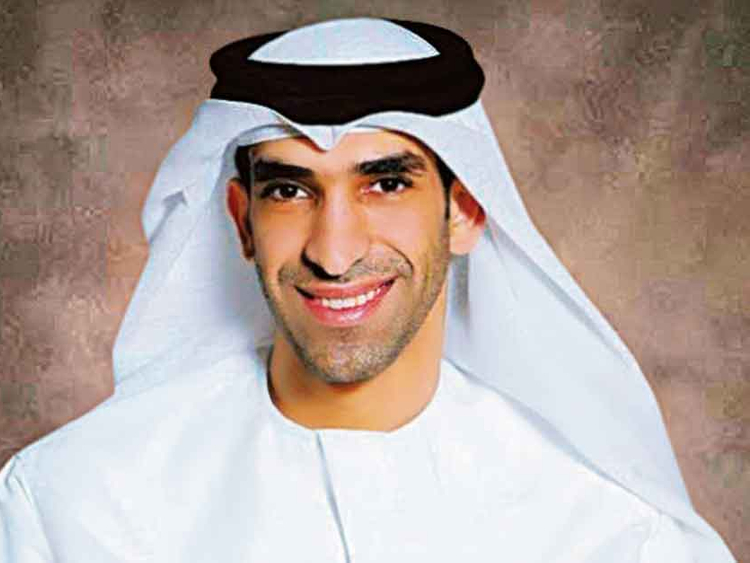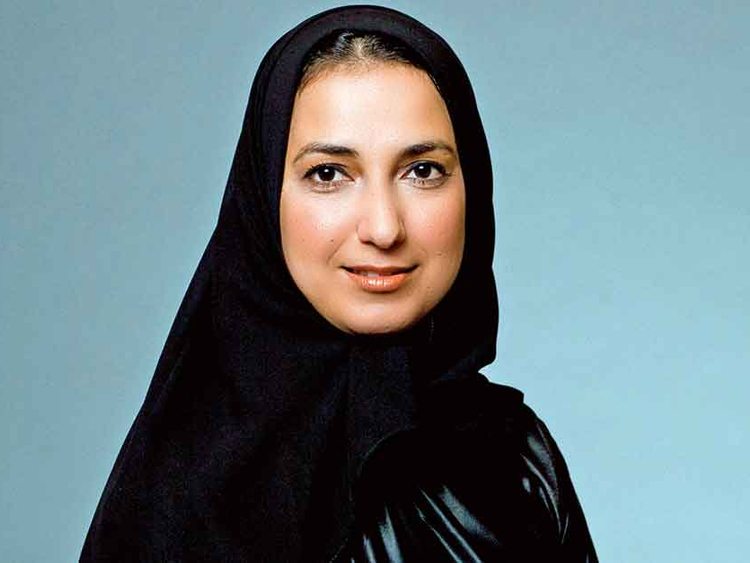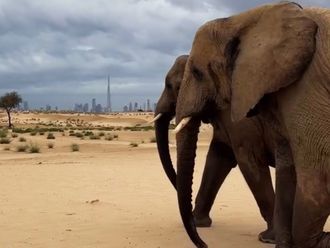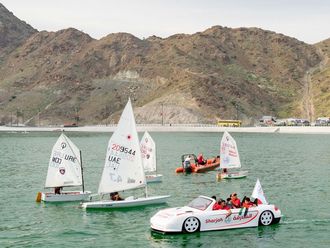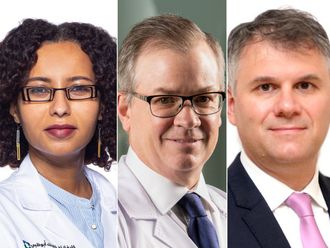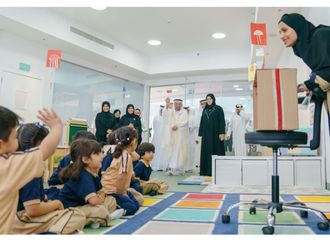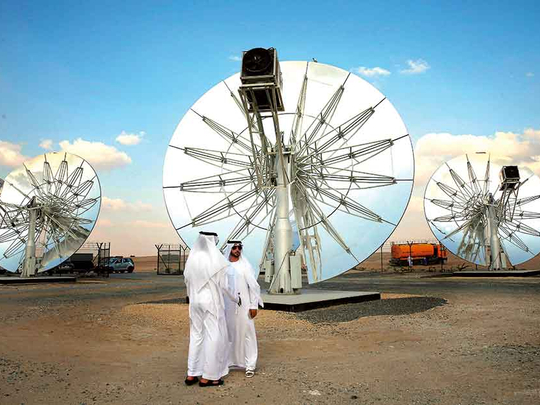
Home to 10 per cent of the world’s oil reserves, the UAE is attempting a pivot of historic proportion by institutionalising green growth. The country has been overhauling its domestic energy policies and is investing millions in fundamental research and funding large-scale renewable energy projects such as Masdar City, which aims to be the world’s first carbon-neutral city, and Shams-1, one of the world’s largest concentrated solar power projects.
“The UAE leadership is taking practical measures to prepare for the day when our country exports its last barrel of oil,” says Dr Nawal Al Hosany, Executive Director of Sustainability and Brand at Masdar.
“As a responsible energy leader, the country is leveraging its hydrocarbon resources to advance new technologies that will meet rising domestic and global energy demand.”
Abu Dhabi government-backed Masdar has invested more than Dh9.92 billion into clean energy projects over the past decade.
Not surprisingly, the country, which generates almost all of its power from oil and gas, according
to data from Bloomberg New Energy Finance, is looking to increase its target for power generation from clean energy to 30 per cent by 2030. Moving towards that goal, it has already invested in some of the largest utility-scale solar and wind projects in the world, as well as water desalination, energy storage and energy efficiency.
According to the International Renewable Energy Agency (Irena), ramping up renewables to 10 per cent of the country’s total energy mix, and 25 per cent of total power generation, could generate annual savings of Dh6.98 billion by 2030.
Positively progressive on clean energy, Dr Thani Ahmad Al Zeyoudi, Minister of Climate Change and Environment, at a briefing on the 22nd session of the Conference of the Parties (COP22) to the UN Framework Convention on Climate Change in Abu Dhabi, in October, said the UAE has decided to raise its clean energy target from 24 per cent to 27 per cent by 2021 as part of its commitment to global efforts to fight climate change.
In September, at the Global Green Growth Week in the Republic of Korea, Dr Al Zeyoudi emphasised the country’s focus on green growth. “The UAE has set itself an ambitious target: to reduce reliance on fossil fuels and transform itself into a knowledge-based, diversified, and innovation-driven economy. Given the solid global momentum on climate action, the timing for decisive action could not be more opportune. The UAE is demonstrating that even traditional hydrocarbon-based economies can lead the transformation,” he said.
Adds Al Hosany, “By developing sustainable energy technologies in conjunction with its traditional hydrocarbon production, the UAE is enhancing its knowledge base, strengthening its economy and demonstrating global energy leadership.”
Since oil prices began sliding, the country has been more proactive in imposing energy conservation measures, with nuclear and solar power being the main source of non-hydrocarbon-based electricity generation.
Apart from Shams-1, Sir Bani Yas wind farm, and the Mohammad Bin Rashid Al Maktoum Solar Park, four new South Korean-designed nuclear reactors are due to come online between 2017 and 2020, each with generating capacity of 1,400 megawatts. They will provide an estimated 25 per cent of the country’s electricity demand by 2020, and save up to 12 million tonnes in carbon emissions every year.
Last year, Dubai’s utility operator rolled out a plan for building owners to connect their own solar panels to the grid.
Meanwhile, in the first major cross-border energy deal between Gulf countries, the UAE is importing natural gas by pipeline from Qatar. In October, the UAE’s first World Green Economy Organisation was launched in partnership with the UN Development Programme to bolster the green economy in the country.
As a major oil and gas producer, Al Hosany says the UAE can leverage its resources to create more sustainable sources of power that will better equip the world to meet rising energy demand in the decades to come. “This approach is critical if we’re to address our shared energy security challenges and build sustainable communities.”
He adds that investing in renewable energy is helping Abu Dhabi’s goal of transitioning from an economy based on exporting natural resources to one that can maximise its potential for research-led innovation and commercial development of new technologies.
According to a recent Irena and Abu Dhabi Fund for Development (ADFD) statement, the ADFD has committed $350 million (Dh1.28 billion) in concessional loans to Irena-approved sustainable efforts over seven years. The ADFD has already allocated $144 million to 15 projects in 14 developing countries in the first three funding cycles, and leveraged a further $189 million from other sources.
Also, since the rates of waste output in the UAE are among the world’s highest, the government is taking a proactive approach to recycling, including the introduction of a zero-waste-to-landfill strategy and the opening of several new recycling centres. The government is also looking at waste-to-energy projects whereby energy is generated from the incineration of waste.
The scale of UAE’s clean activity may not be enough to replace its oil-based economy just yet. But it’s clear that the country is taking its role as a major player in clean technologies seriously.
“Our goal as a nation in the years ahead is to make clean energy an essential part of the energy mix worldwide. By continuing to make clean energy commercially viable, we are helping to preserve the planet, nurture innovation and diversify economic sectors — not only in the UAE, but around the world,” says Al Hosany.



